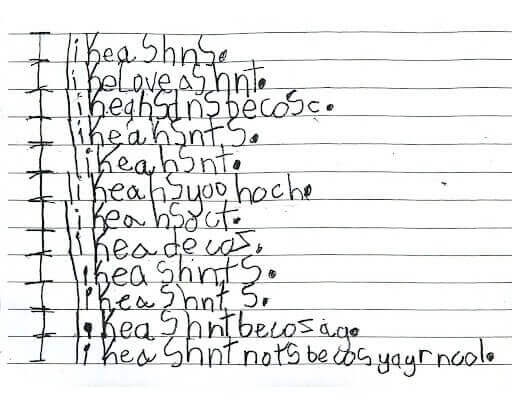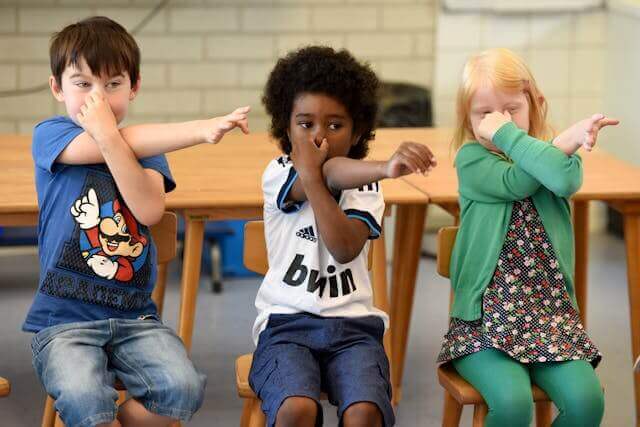How Dyslexia Affects Physical Health
Written by Sandie Barrie Blackley, Speech-Language Pathologist
Published on May 5, 2025
Introduction
Dyslexia is commonly known as a reading and language-based learning difference, affecting up to 5–20% of the population. People with dyslexia typically experience high levels of stress, and the mental and physical health implications of stress are well-documented. Recent research suggests that students with dyslexia may also be at higher risk for broader health concerns, including physical motor coordination and balance. This article explores the possible physical and mental health implications of dyslexia, demonstrating why a whole-person approach is vital for those navigating this learning difference. There are major challenges to understanding the physical and mental health implications of dyslexia including:
- There is no universally agreed-upon definition or diagnostic criteria for dyslexia.
- Dyslexia frequently co-occurs with other learning disabilities like ADHD and dysgraphia, complicating the diagnostic process and leading to frequent misdiagnosis.
- Underdiagnosis or delayed diagnosis of reading disorders is common, especially in some populations, leading to disparities in educational opportunities and outcomes.
Dyslexia Beyond Reading: Why Physical Effects Matter
Dyslexia is defined as a language-based disorder that causes specific difficulties with decoding and spelling. Recently, dyslexia has been defined as a weakness in decoding relative to a person’s proficiency with listening comprehension, leading to impaired reading comprehension and related learning problems.
Learning struggles can cause a host of physical health difficulties. Recent research has found a connection between reading disorders and motor skills.
Recognizing these physical components can reduce frustration, improve self-confidence, and encourage better academic and personal outcomes.
Fine Motor Skills and Dyslexia
It is common for children to struggle with handwriting neatness and letter formation as they are learning to write. However, these difficulties often persist in students with dyslexia who can find it difficult to combine visual cues with precise finger movements, leading to slower or more error-prone writing. Research suggests that simple movement patterns may be normal in struggling writers, but their accuracy can diminish in more complex tasks. Be on the lookout for difficulties such as tension or pain when gripping a pencil, problems in copying from the board, failure to improve letter formation accuracy and fluency over time, and resistance to handwriting tasks.


Gross Motor Skills and Coordination
Children with dyslexia can exhibit balance difficulties, with some research suggesting connections to cerebellar differences. A review of 23 research studies showed that students with dyslexia had significantly lower scores in motor tasks, raising the possibility of subtle balance and coordination difficulties. Motor tasks requiring the coordination of both hands (like tapping different patterns with each hand) are more challenging for many with dyslexia. Some students may require extra practice and support for mastering multi-step physical activities (sports drills, dance routines).


Additional Physical Health Considerations
Some data indicate a higher likelihood of asthma, eczema, or seasonal allergies in individuals with dyslexia. Precise numbers remain unclear, and it is possible that this pattern is more related to stress than dyslexia per se. Low confidence in physical tasks can contribute to stress or anxiety, indirectly affecting overall health. Reduced participation in sports may lead to less physical activity, impacting fitness.
When ADHD overlaps with dyslexia, motor skill issues can intensify, especially in dual-hand coordination. Research documents more perseverative errors (repeated unwanted movements) in children managing both ADHD and dyslexia.
Strategies for Supporting Physical Well-Being
Alongside early screening for reading difficulties consider screening for difficulties with balance, handwriting, and visual-motor integration. If there are documented difficulties with fine or gross motor skills consider movement-based programs or occupational therapy. If sequencing is a challenge, breaking down sports or dance routines into step-by-step chunks to help build confidence.
For reading and writing tasks, assistive devices with speech-to-text and text-to-speech apps can help. Offering extra time or alternate methods to complete physical tasks can reduce anxiety and foster confidence.
Watch overall stress levels and autoimmune-related symptoms. Consider a referral to a medical or mental health professional if anxiety is persistently observed.

Conclusion
Dyslexia is increasingly understood as a multifactorial condition. This means its diagnosis isn’t based on a single factor but rather a combination of contributing elements that can impact mental and physical health. It is essential to address the primary language processing difficulties using a science-backed, structured literacy approach. By recognizing dyslexia’s co-occurring conditions and addressing each child as an individual, parents, educators, and professionals can offer evidence-based interventions that truly nurture each learner and help them achieve their full potential.
Want to discuss your child’s symptoms with an expert? Schedule a free expert consultation here.
Want to test your child’s reading skills? Take our free dyslexia screener and learn more about your child’s ability to read and sound out words.
Improve Your Child’s Reading
Learn more about Lexercise today.
Schedule a FREE
15-minute consultation


